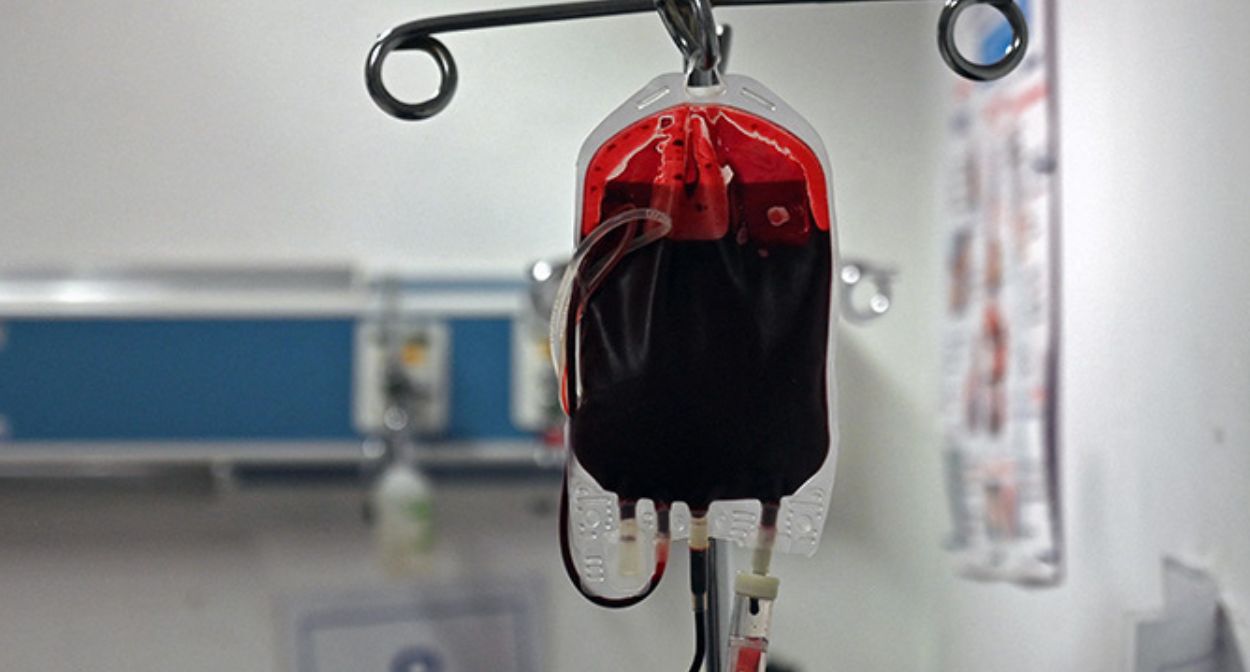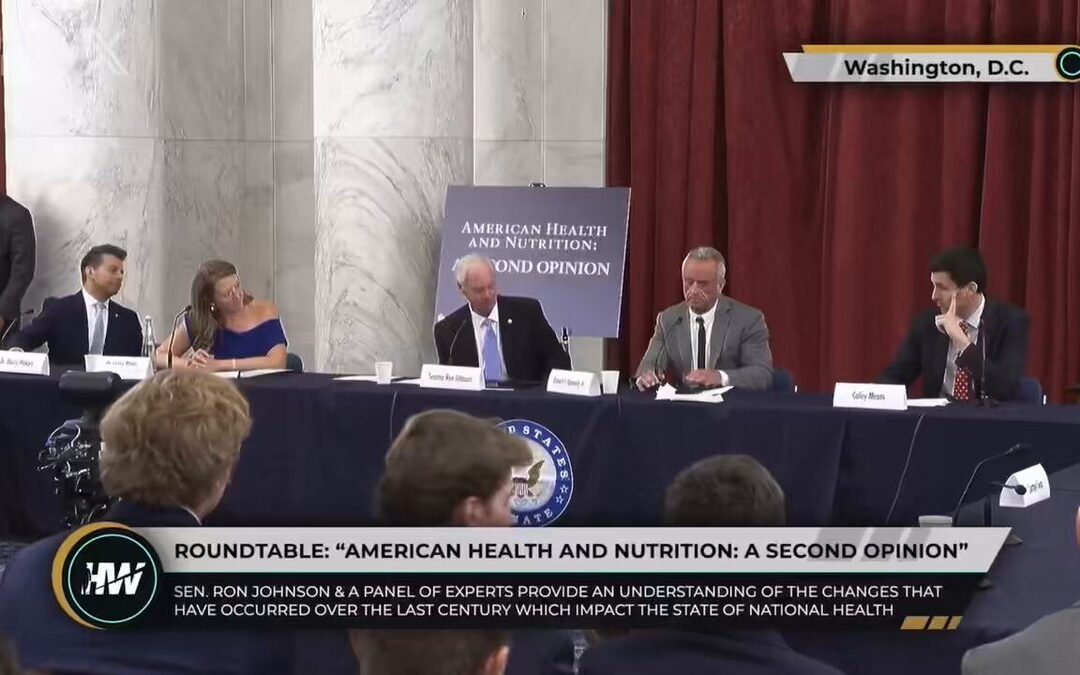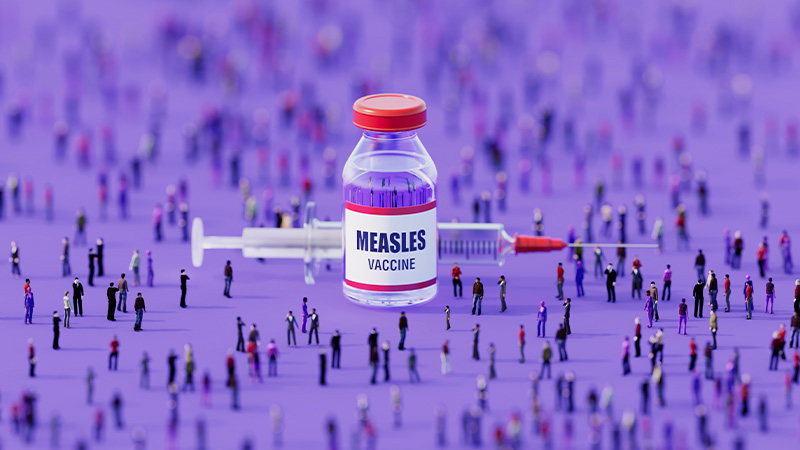Between 1970 and 1998 those receiving blood transfusions and blood products such as Factor 8 in the UK were knowingly infected with HIV and hepatitis B, C and D, according to a five-year, seven-volume, 2527-page Infected Blood Inquiry published Wednesday.
“The scale of what happened is horrifying. The most accurate estimate is that more than 3,000 deaths are attributable to infected blood, blood products and tissue,” the inquiry said on page 2 of Volume 1.
The inquiry consists of seven parts, Volume 1: ‘Overview and Recommendations’ at 291 pages, Volume 2: ‘People’s Experiences and Treloar’s’ at 214 pages, Volume 3, 4 and 5: all titled ‘What happened and why?’ at 476 pages, 480 pages and 328 pages respectively, Volume 6: ‘Response of Government and Public Bodies’ at 438 pages and Volume 7: ‘Response of Government’ at 300 pages.
Volume 7 lists a litany of instances where government destroyed documents related to in scandal.
Volume 4 chronicles government involvement in the scandal.
“…it [the government] failed to discharge its fundamental duty to ensure the safety of the public,” the inquiry says on page 116 of Volume 4.
The inquiry gave numbers on types of viral infections the victims of the medical scandal endured, followed by 34 bullet points on why the infection of patents with bleeding disorders and those in need of transfusions were ‘needless’.
“There were around 4,000 to 6,000 people with bleeding disorders in the UK at any one time. Around 1,250 were infected with HIV. The best estimate is that this included 380 children. Almost all infected with HIV were also infected with Hepatitis C and some with Hepatitis B and Hepatitis D as well. Three quarters of these 1,250 adults and children have died. A larger number still (between 2,400 and 5,000 people with bleeding disorders) who were not infected by HIV received blood products infected with one or more hepatitis viruses, and developed chronic Hepatitis C,” the inquiry says on page 2 of Volume 1.
The inquiry also detailed how the official stance on viral infection via blood transfusion and blood products as being ‘inadvertent’ was dishonest and untrue.
“Numerous documents from the Department of Health in the time periods discussed above also referred to the infection of people with HIV or Hepatitis C from blood or blood products being “inadvertent”. To suggest, in this context, that something was inadvertent is to suggest that it was accidental and unintentional. It hints at something that could not have been known about – a mishap, a chance by-product. Yet the risks of transmission of hepatitis were well known. Such transmission was not the purpose of the treatment, but that it might result was well recognised by clinicians and within government,” the inquiry says on page 173 to 174 of Volume 1. “It had been known for years in medical and public health circles. To characterise it as inadvertent is thus to downplay the significance of what happened. In their repeated use of these lines to take, successive governments were more concerned about reputational damage than openness and honesty; more defensive than candid; more interested in avoiding financial exposure than in admitting shortcomings.”
The inquiry also broke down numbers of various viral infections from various forms of blood and blood product transfusions.
“People who were infected by transfusions, rather than by blood products, were infected in even greater numbers. Between 80 and 100 were infected with HIV after a blood transfusion. Approximately 26,800 were infected with Hepatitis C after a blood transfusion, often linked with childbirth or surgery, but also from transfusions to treat thalassemia, sickle disease, or leukaemia, or tissue transfer. It has not been possible to estimate the number of people infected with chronic Hepatitis B due to limited data,” the inquiry says on page 2 of Volume 1.
Dr. John Campbell analyzed the scandal in the midst of the recent revelations.
The inquiry has led some to say children were treated like guinea pigs.





